Is your company feeling the skilled labor shortage? Are you struggling to find good managers? Then, you may want to consider co-leadership, a new, more flexible executive model in which two people share a leadership role. Janina Schönitz and Stefanie Junghans, both co-leaders, find that this promising structure benefits the “tandem” managers, their team, and their organization. This clear guide outlines the logistics and advantages of co-leadership, including flexibility, better decision-making, and a significantly lower risk of failure. Here’s what it takes to make job-sharing work at the managerial level.
In co-leadership, two people share one managerial job’s tasks and responsibilities in “tandem.”
The world of work is far from overcoming the major challenges it has faced in recent years. Digitalization, globalization, and a shortage of skilled workers and managers are forcing companies to develop new work and management models that must allow for more flexibility.
One promising approach is letting people work in tandem. This tactic, which is no longer completely new but is still uncommon, simply means that two people work together in one job. The mechanics of their collaboration can vary:
- Job sharing — Several people share a job previously held by one person. This does not necessarily have to be a management position. The only defining factor is that at least two people share responsibility for a task, project, or role.
- Co-leadership — Again, two or more people fill a single position, but – in contrast to job sharing – this explicitly involves joint management responsibility. With a few minor differences, co-leadership is also called “top sharing” or “dual leadership.”
Both authors work as co-leaders. Stefanie Junghans is Head of Talent at Haniel, an investment holding company, and the founder of Junghans Consulting. Janina Schönitz is Head of Strategy and Reporting Sustainability & Environment at Deutsche Bahn, and the founder of the consulting firm Knallkrebs & Grundel.










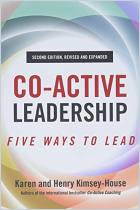
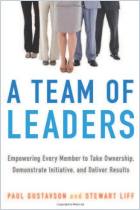
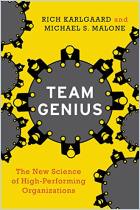
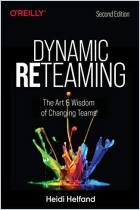
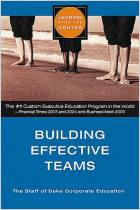


Comment on this summary or Comenzar discusión